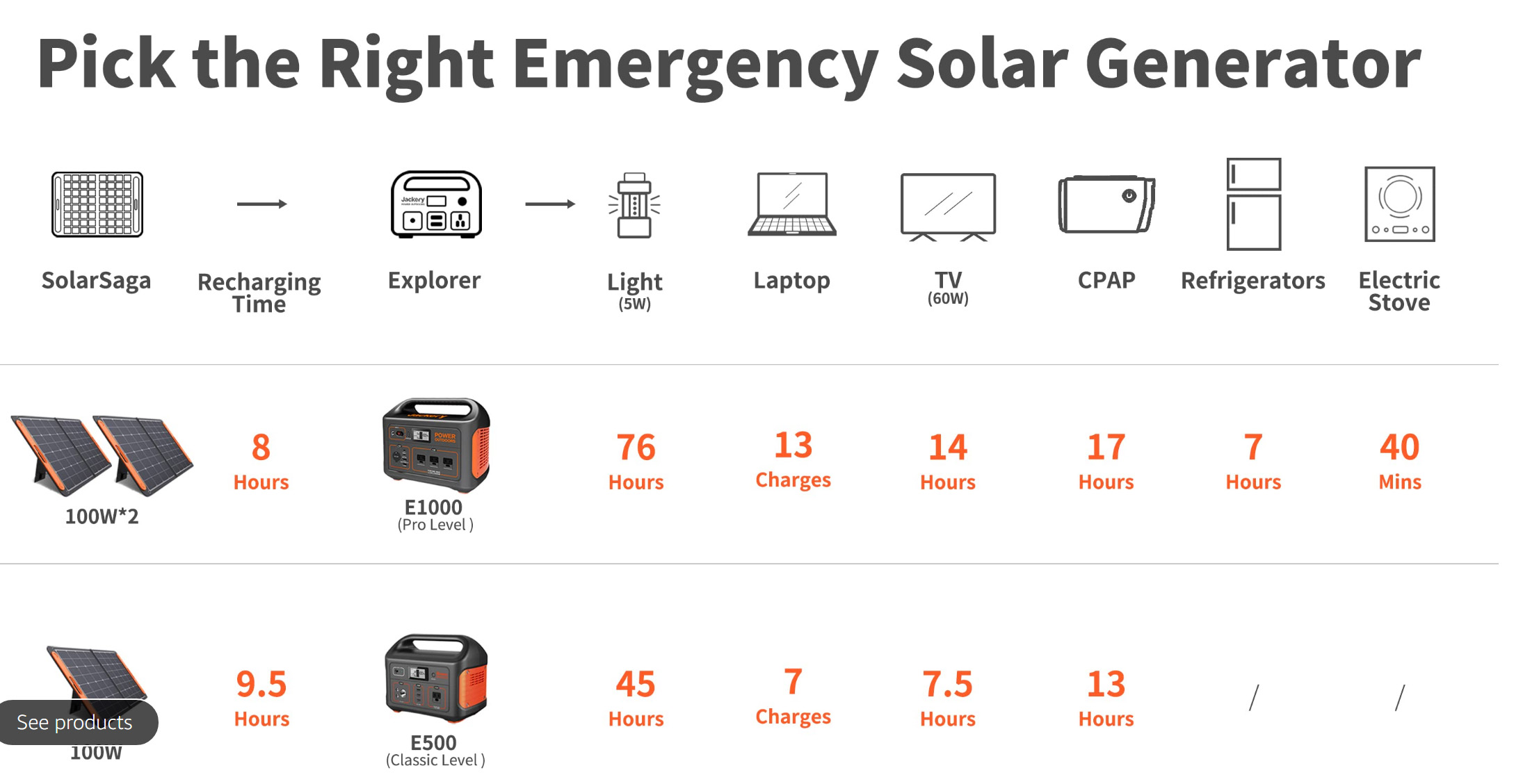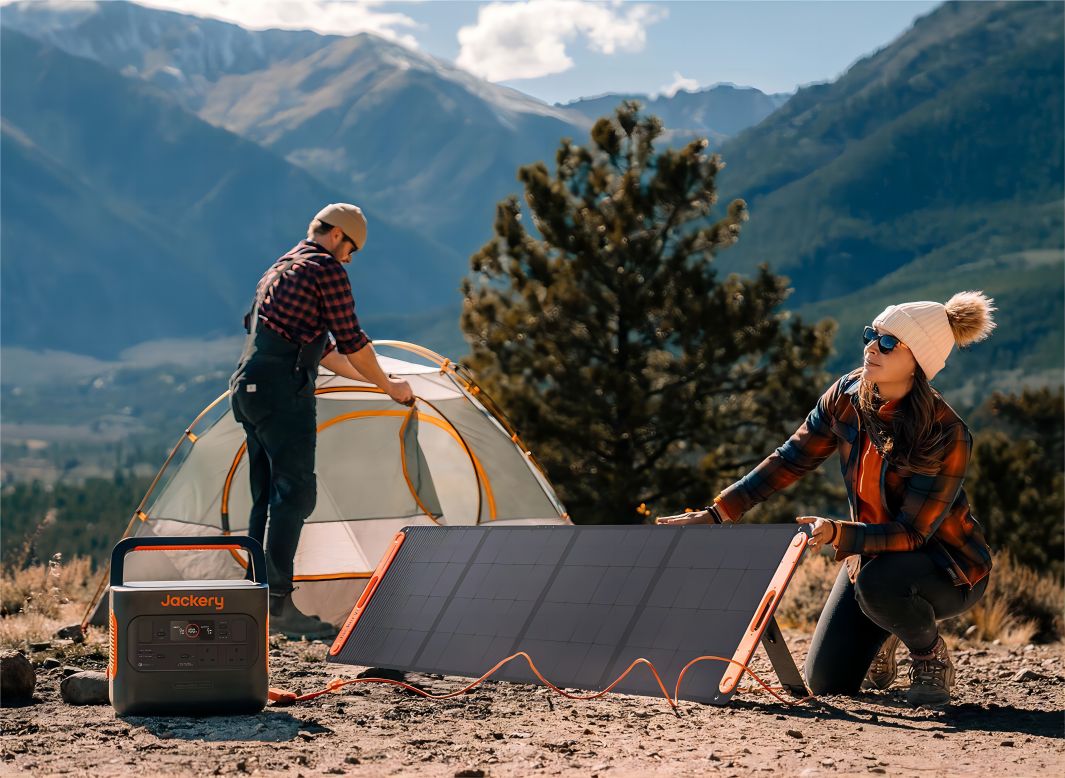Is your Jackery portable power station taking forever to charge? It’s frustrating when you need power on the go and can’t get your unit juiced up quickly. Fortunately, understanding the different charging methods and factors affecting charging time can significantly speed up the process. This guide will walk you through everything you need to know.
Jackery portable power stations are a popular choice for camping, tailgating, and emergency preparedness. But knowing how long it takes to recharge them is crucial for maximizing their usability. This comprehensive guide will cover charging times for various Jackery models, the different charging methods available (wall outlet, car, solar), factors influencing charge speed, and troubleshooting tips to ensure you’re getting the fastest possible charge. By the end of this article, you’ll be able to optimize your Jackery’s charging process and enjoy uninterrupted power whenever you need it.
Understanding Jackery Charging Methods
There are three primary ways to charge a Jackery portable power station: AC wall charging, DC car charging, and solar charging. Each method has its advantages and disadvantages regarding speed and convenience.
AC Wall Charging
This is typically the fastest way to charge your Jackery. It utilizes the included AC adapter and plugs into a standard wall outlet.
- Charging Time: Varies significantly by model. See the table below for approximate times.
- Pros: Fastest charging speed, readily available power source.
- Cons: Requires access to a wall outlet.
DC Car Charging
This method allows you to charge your Jackery while on the go, using your vehicle’s 12V car outlet.
- Charging Time: Significantly slower than AC wall charging. Expect several hours, even for smaller units.
- Pros: Convenient for road trips and remote locations without access to AC power.
- Cons: Slowest charging speed, drains car battery if engine is off for extended periods.
Solar Charging
Using Jackery SolarSaga solar panels is an eco-friendly and off-grid charging solution.
- Charging Time: Highly dependent on sunlight intensity, panel wattage, and model.
- Pros: Renewable energy source, ideal for extended off-grid use.
- Cons: Dependent on weather conditions, can be slower than other methods, requires initial investment in solar panels.
Jackery Model Charging Times (Approximate)

Here’s a breakdown of typical charging times for popular Jackery models. These times are estimates and can vary based on environmental factors and battery health.
| Model | AC Wall Charging (0-80%) | DC Car Charging (0-80%) | Solar Charging (with 100W Panel, optimal conditions) (0-80%) | Capacity (Wh) |
|---|---|---|---|---|
| Jackery Explorer 160 | 2.4 hours | 8-10 hours | 4-5 hours | 167 |
| Jackery Explorer 300 | 3.8 hours | 9-12 hours | 5.5-6.5 hours | 298 |
| Jackery Explorer 500 | 5.2 hours | 12-16 hours | 7-8 hours | 518 |
| Jackery Explorer 1000 | 7.8 hours | 18-24 hours | 10-11 hours | 1002 |
| Jackery Explorer 2000 | 16-18 hours | 30+ hours | 18-22 hours (with multiple 200W panels) | 2000 |
| Jackery Explorer 100 Plus | 1.8 hours | 7-8 hours | 3-4 hours | 126 |
Factors Affecting Jackery Charging Time

Several factors can influence how quickly your Jackery charges. Understanding these will help you optimize your charging process.
Temperature
Extreme temperatures (both hot and cold) can negatively impact battery performance and charging speed. Jackery power stations are designed to operate optimally between 32°F and 104°F (0°C to 40°C).
Battery Health
Like all batteries, Jackery batteries degrade over time. Older batteries may take longer to charge and hold less capacity.
Charging Cable & Adapter
Using the original Jackery AC adapter is crucial. Third-party adapters may not deliver the correct voltage or amperage, resulting in slower charging. Ensure the cable is undamaged.
Sunlight Intensity (Solar Charging)
For solar charging, the intensity of sunlight is the biggest factor. Cloudy days will significantly reduce charging efficiency. Positioning the solar panel directly towards the sun is essential.
Simultaneous Use While Charging
Using the Jackery while it’s charging will naturally slow down the charging process as power is being drawn from the battery simultaneously.
Troubleshooting Slow Jackery Charging
If your Jackery is charging slower than expected, try these troubleshooting steps:
1. Check the Adapter and Cable
- Ensure you’re using the original Jackery AC adapter.
- Inspect the cable for any damage (frays, bends, exposed wires).
- Try a different wall outlet to rule out a faulty outlet.
2. Monitor Temperature
- Ensure the Jackery is within its optimal temperature range (32°F – 104°F).
- Avoid charging in direct sunlight or extremely cold environments.
3. Optimize Solar Panel Positioning (Solar Charging)
- Position the solar panel directly towards the sun.
- Adjust the angle of the panel throughout the day to maximize sunlight exposure.
- Ensure there are no obstructions (trees, buildings) blocking sunlight.
4. Reduce Load During Charging
- Minimize or avoid using the Jackery while it’s charging.
5. Check the Jackery Display
- The Jackery’s display will show the charging status and estimated time remaining. Pay attention to any error messages.
6. Reset the BMS (Battery Management System)
- Consult your Jackery’s manual for instructions on how to reset the BMS. This can sometimes resolve charging issues.
Pro Tips for Faster Jackery Charging

- Prioritize AC Wall Charging: Whenever possible, use AC wall charging for the fastest results.
- Invest in Higher Wattage Solar Panels: Pairing your Jackery with higher wattage SolarSaga panels (e.g., 200W) will dramatically reduce solar charging times.
- Charge Fully Before Long-Term Storage: For optimal battery health, fully charge your Jackery before storing it for extended periods.
- Store in a Cool, Dry Place: Store your Jackery in a cool, dry environment to prolong battery life.
- Regularly Monitor Battery Health: Pay attention to the battery’s performance and charging times over time.
Professional Help
If you’ve tried all the troubleshooting steps and your Jackery is still not charging correctly, it may indicate a more serious issue. Contact Jackery customer support or a qualified technician for assistance.
Signs you may need professional help:
- The Jackery won’t turn on at all.
- The battery is significantly degraded and holds very little charge.
- You see any physical damage to the unit.
FAQ
Q: Can I use a different AC adapter than the one that came with my Jackery?
A: It’s strongly discouraged. Using a non-Jackery adapter can damage the unit or result in slower, inefficient charging.
Q: How long will a fully charged Jackery Explorer 1000 last?
A: The runtime depends on the power consumption of the devices you’re powering. Generally, it can power a refrigerator for around 8-12 hours, a laptop for 15-20 hours, or a smartphone multiple times.
Q: Is it okay to leave my Jackery plugged in all the time?
A: Yes, Jackery power stations have a built-in battery management system (BMS) that prevents overcharging. However, it’s generally recommended to unplug it once it’s fully charged to conserve energy.
Q: What is the best way to charge my Jackery with solar power?
A: Use Jackery’s SolarSaga panels, position them directly towards the sun, and ensure there are no obstructions blocking sunlight.
Get Your Jackery Working Again
By understanding the different charging methods, factors affecting charging time, and troubleshooting tips, you’re well-equipped to maximize your Jackery’s performance. Remember to prioritize AC wall charging when possible, optimize solar panel positioning, and address any potential issues promptly.
Do you have a specific Jackery model? Share your charging experiences and tips in the comments below!

